Africa’s vast landscapes and diverse ecosystems make it one of the most thrilling continents for wildlife enthusiasts to explore. From the sprawling savannas of East Africa to the dense forests of the Congo Basin, each region offers unique wildlife viewing opportunities that vary significantly with the seasons. Understanding how different seasons affect animal behavior and the viewing experience is crucial for planning the ultimate safari adventure. Here, we delve into the seasonal dynamics across various African regions to help you determine the best times for wildlife watching.
1. East Africa: Kenya and Tanzania
The Great Migration
East Africa is renowned for the Great Migration, where millions of wildebeest, zebras, and gazelles traverse the Serengeti in Tanzania and Maasai Mara in Kenya in search of fresh grazing grounds. This spectacle peaks during two key seasons:
- Dry Season (June to October): This is the most popular time for safaris in East Africa, as water sources dry up and animals congregate around the remaining water bodies. The dry season offers the dramatic river crossing events, typically in July and August, where herds brave crocodile-infested waters. This period provides some of the clearest skies and best photography opportunities due to reduced vegetation and gathered wildlife.
- Wet Season (November to May): The landscape transforms with the rains, which scatter the herds but bring lush scenery and vibrant birdlife. Calving season around February is particularly spectacular, as it attracts a plethora of predators. Although rain might disrupt some travel plans, this season promises fewer tourists and lower rates.
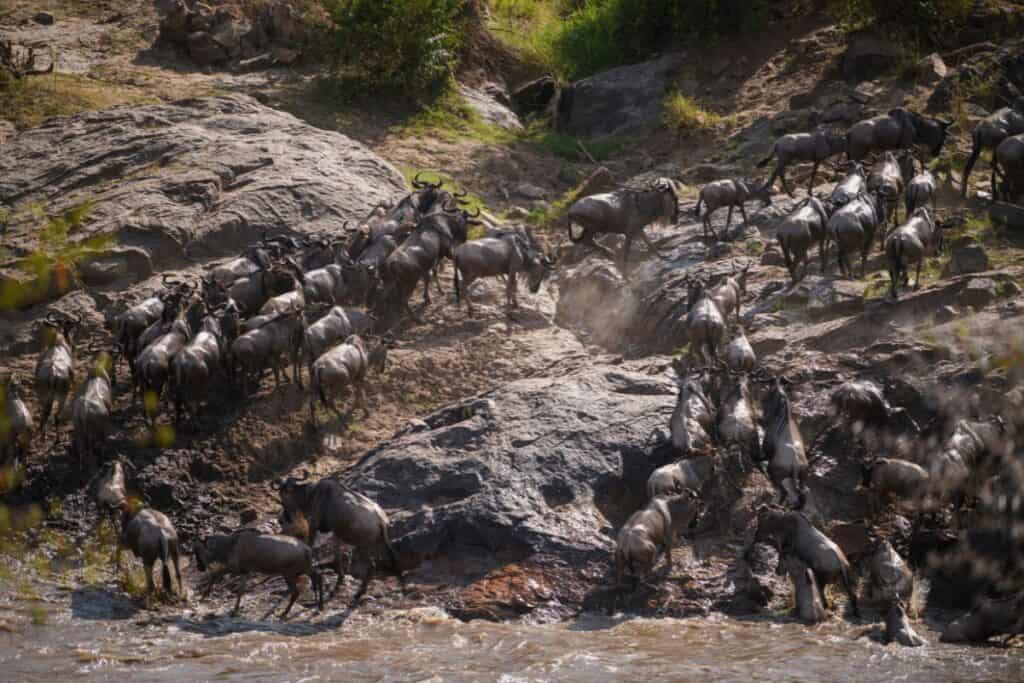
Bird Watching
The wet season also coincides with peak bird-watching, as migratory birds from Europe and North Asia arrive, enhancing the region’s already rich avian diversity.

2. Southern Africa: Botswana, South Africa, and Zimbabwe
Water and Wildlife
In Southern Africa, the seasons are marked distinctly, influencing game drives significantly:
- Wet Season (December to March): This season is less ideal for traditional game viewing due to thick vegetation and dispersed wildlife. However, it’s an excellent time for bird enthusiasts and those interested in the region’s flora.
- Dry Season (April to November): Wildlife viewing is at its best as animals congregate around shrinking waterholes, making them easier to spot. The dry season in places like Chobe National Park in Botswana and Kruger National Park in South Africa is especially rewarding with high chances of witnessing predator-prey interactions.
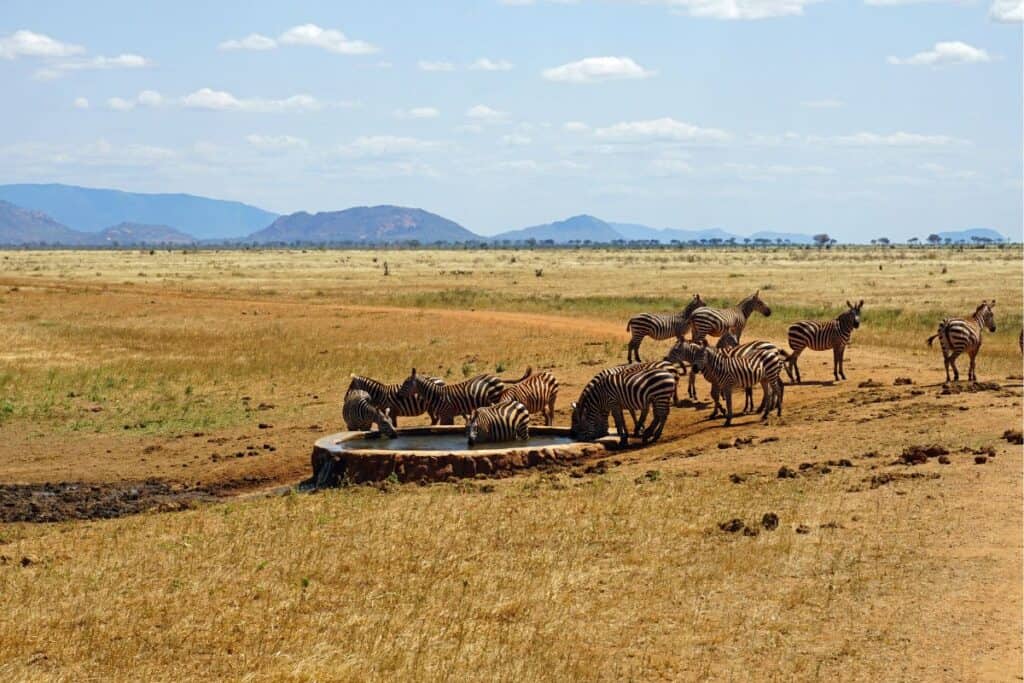
Desert Adaptations
In arid areas like Namibia’s Etosha National Park, the dry season is also crucial for observing unique desert-adapted species like the black rhino and elephants.
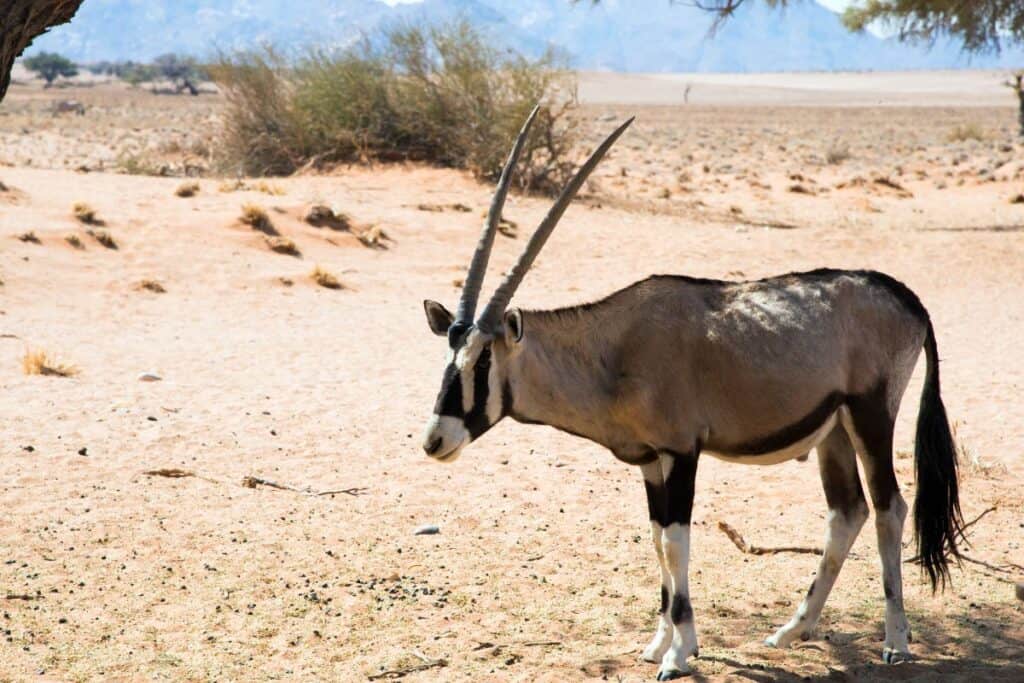
3. Central Africa: Uganda and Rwanda
Primates and Rainforests
Central Africa offers a different allure: tracking primates in their natural rainforest habitats. The best times to visit are during the drier months:
- Dry Seasons (June to September and December to February): These periods offer easier hiking conditions for gorilla and chimpanzee trekking. The drier trails and less obstructive vegetation enhance the trekking experience in Bwindi Impenetrable National Park and Volcanoes National Park.
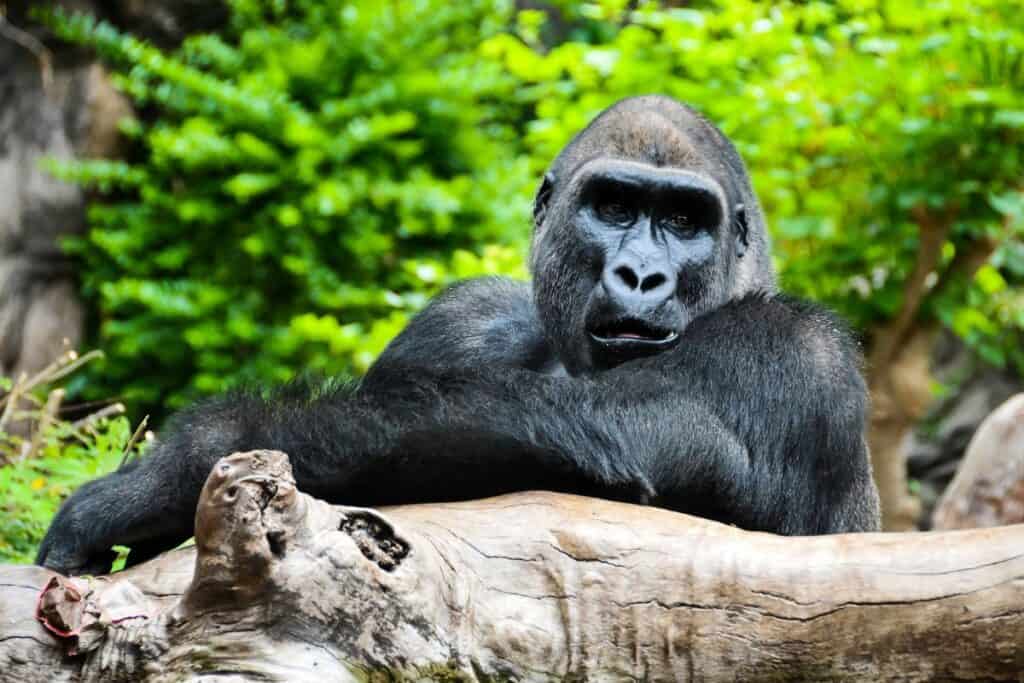
4. West Africa: Ghana and Ivory Coast
Off-the-Beaten-Path Safaris
West Africa’s dense forests and unique wildlife (like forest elephants and pygmy hippos) make it a challenging but rewarding safari destination. The best viewing times are:
- Dry Season (November to March): Reduced rainfall and milder temperatures facilitate easier access to remote areas and improve wildlife visibility.
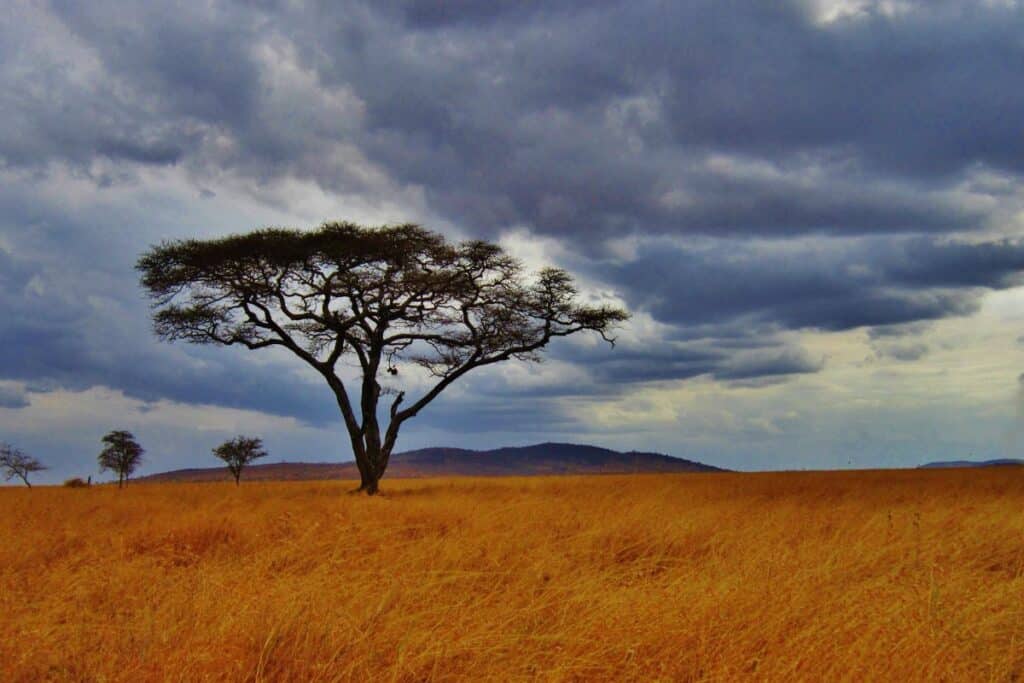
5. North Africa: Morocco and Egypt
Desert Wildlife and Coastal Wonders
While North Africa is less known for traditional safaris, it offers exceptional opportunities for different types of wildlife encounters, especially in more arid environments and coastal areas:
- Spring (March to May): This is a fantastic time for birdwatching as migratory birds pass through the region. The weather is pleasant, making it ideal for exploring the desert ecosystems and coastal wetlands.
- Autumn (September to November): Similar to spring, the temperatures are moderate, and the reduced tourist crowds make for a more peaceful experience. In coastal regions like Egypt’s Red Sea, autumn is perfect for marine life spotting, including diverse species of fish and corals.
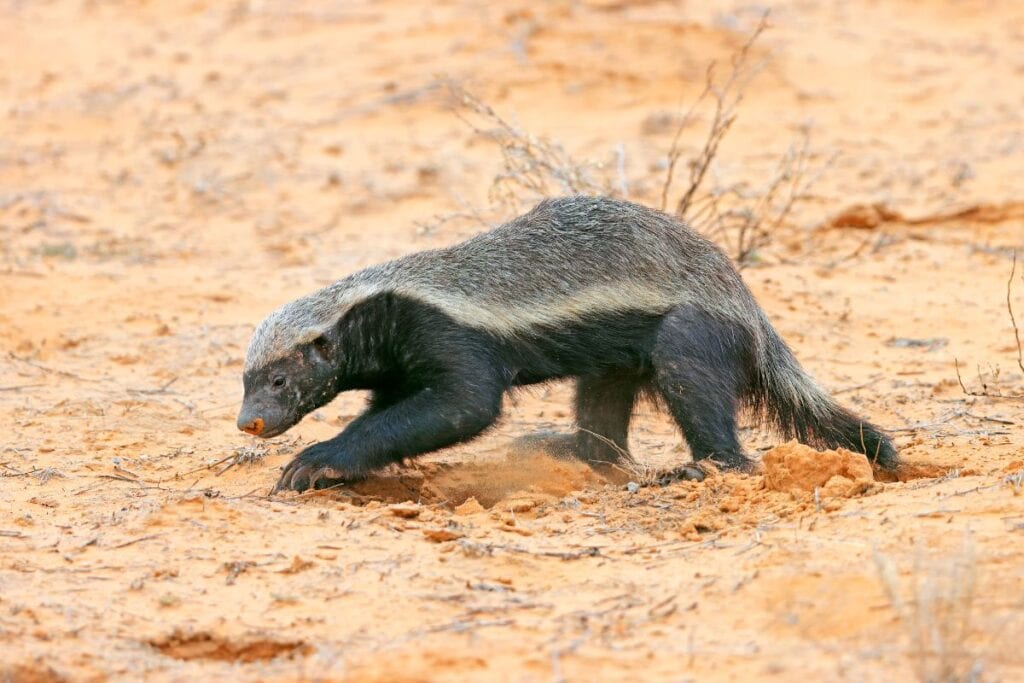
Cultural Synchronization
These periods also coincide with several cultural events and festivals, providing a richer understanding of the human-nature interactions in these ancient landscapes.
6. The Sahel Region: Chad and Mali
Wildlife in the Transition Zone
The Sahel, a semi-arid region just below the Sahara, offers unique wildlife viewing opportunities, particularly in the Waza National Park in Chad and the Bandiagara Escarpment in Mali:
- Dry Season (October to April): The cooler and drier months are more comfortable for visitors and increase chances of seeing desert-adapted species, including various antelopes, lions, and elephants near dwindling water sources.
- Wet Season (May to September): The landscape transforms, bringing life to the vegetation and attracting birds. Although the dense growth can make wildlife harder to spot, it’s a vital time for local ecosystems and provides insight into the adaptability of Sahelian wildlife.
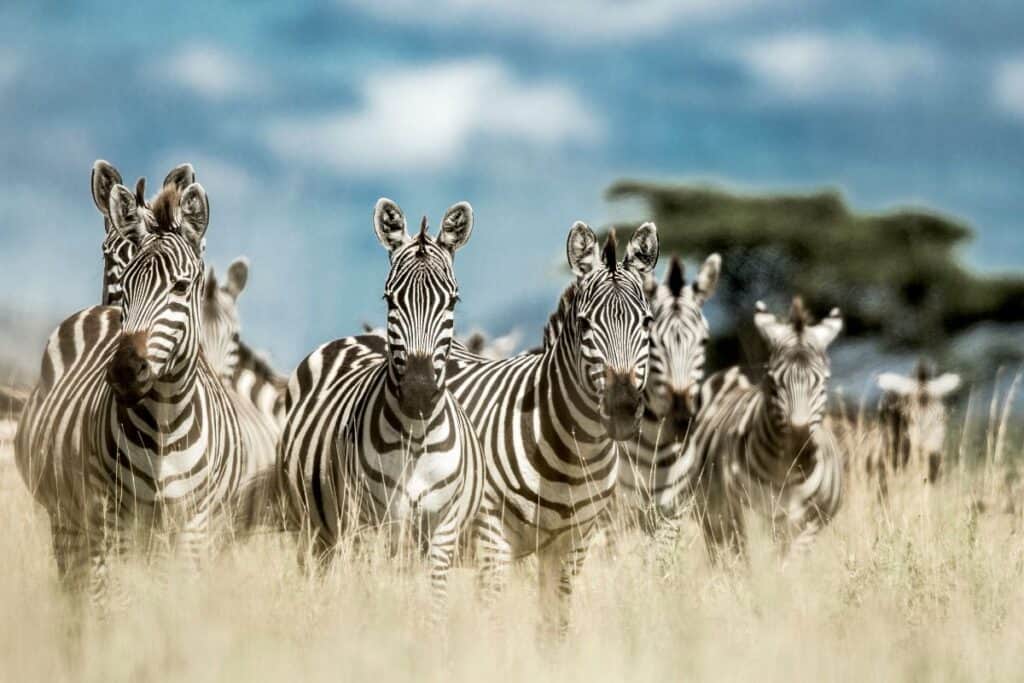
Environmental Considerations and Best Practices
Wherever you plan to go in Africa, it’s important to consider the environmental impact of your visit. Here are a few tips to ensure a sustainable and responsible safari:
- Choose Eco-friendly Lodges and Tours: Opt for providers that prioritize sustainability, support conservation efforts, and benefit local communities.
- Respect Wildlife and Habitat: Follow guidelines and instructions from guides; never interfere with animals or their environment.
- Travel During Off-Peak Seasons: Consider visiting during the shoulder seasons to avoid the crowds and minimize pressure on local resources.
Conclusion: Planning Your Safari
When planning a safari, consider not only the general climate and expected wildlife activities but also specific events like animal migrations or birthing seasons, which can significantly enhance the experience. Each African region offers a distinct set of attractions that can vary widely with the seasons. By aligning your travel dates with these seasonal highlights, you can maximize your chances of a memorable wildlife encounter.
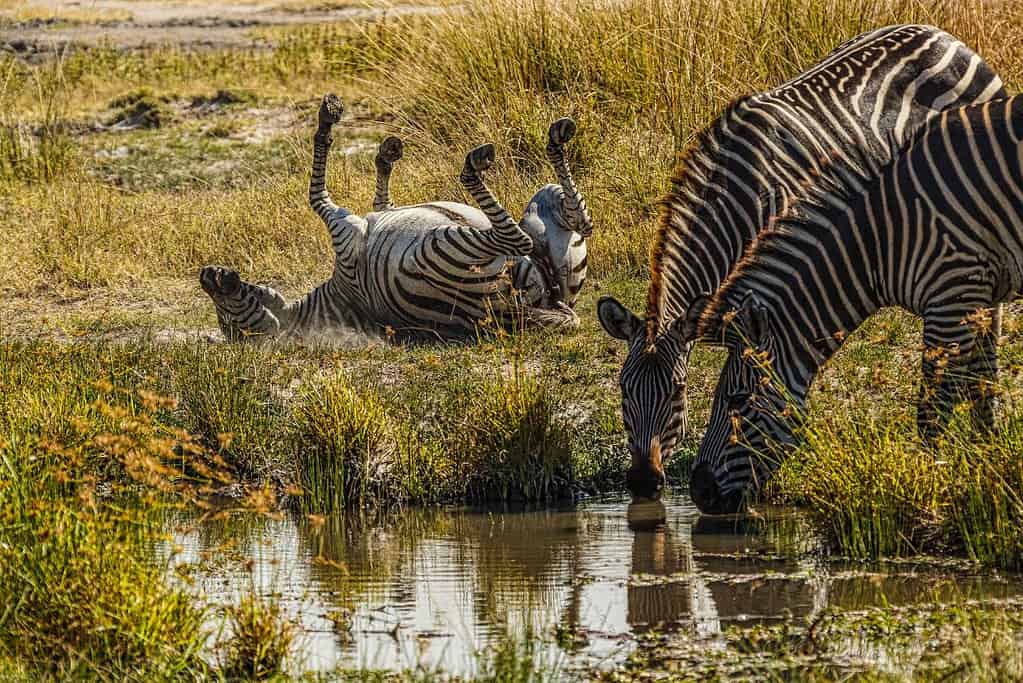
Remember, while the dry seasons generally offer better wildlife viewing conditions, the wet seasons bring unique opportunities that should not be overlooked by those who wish to see a different side of Africa’s spectacular nature.
Lastly, always be conscious of the environmental impact of your visit and ensure that your safari is as eco-friendly as possible, preserving the pristine wilderness for future generations to enjoy.
Read the Game Drive article here.
